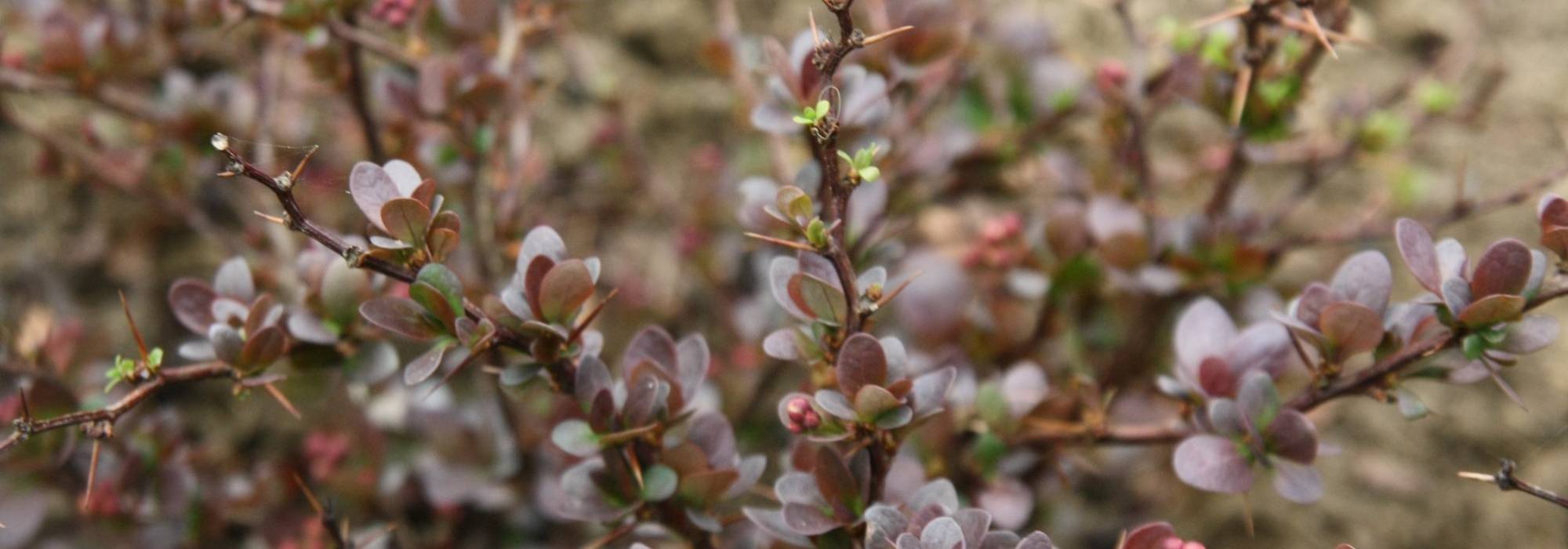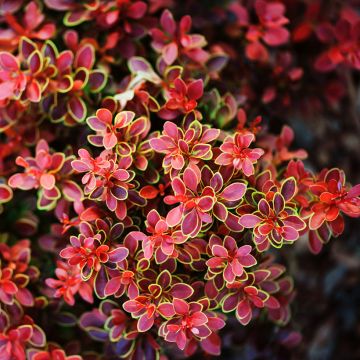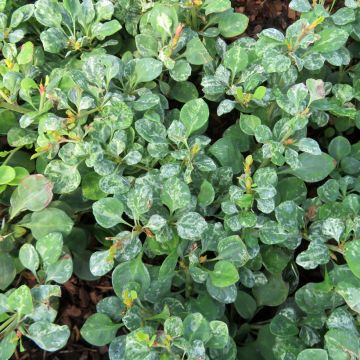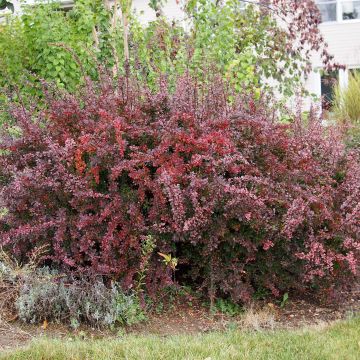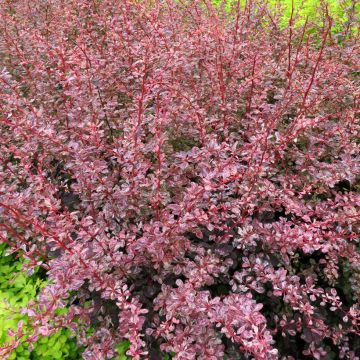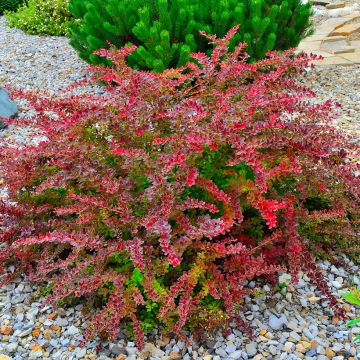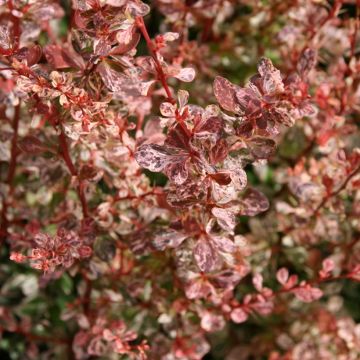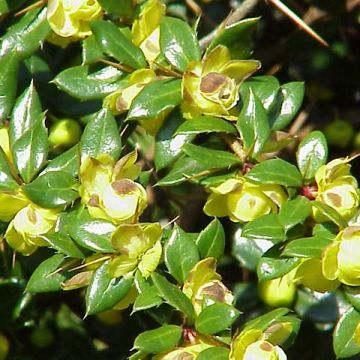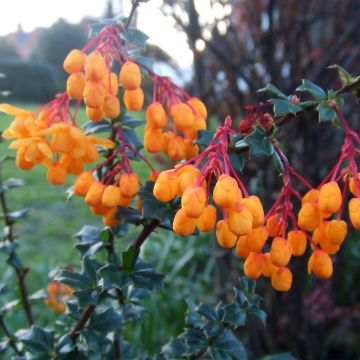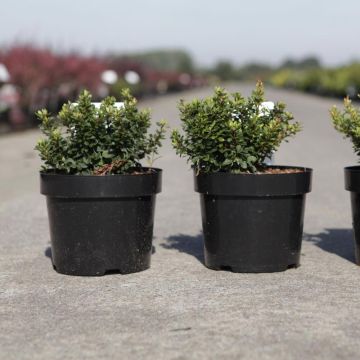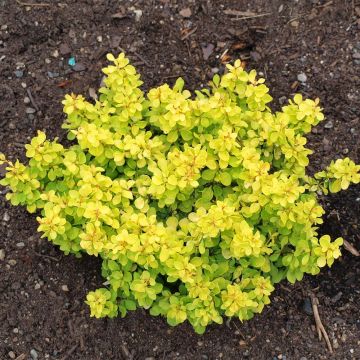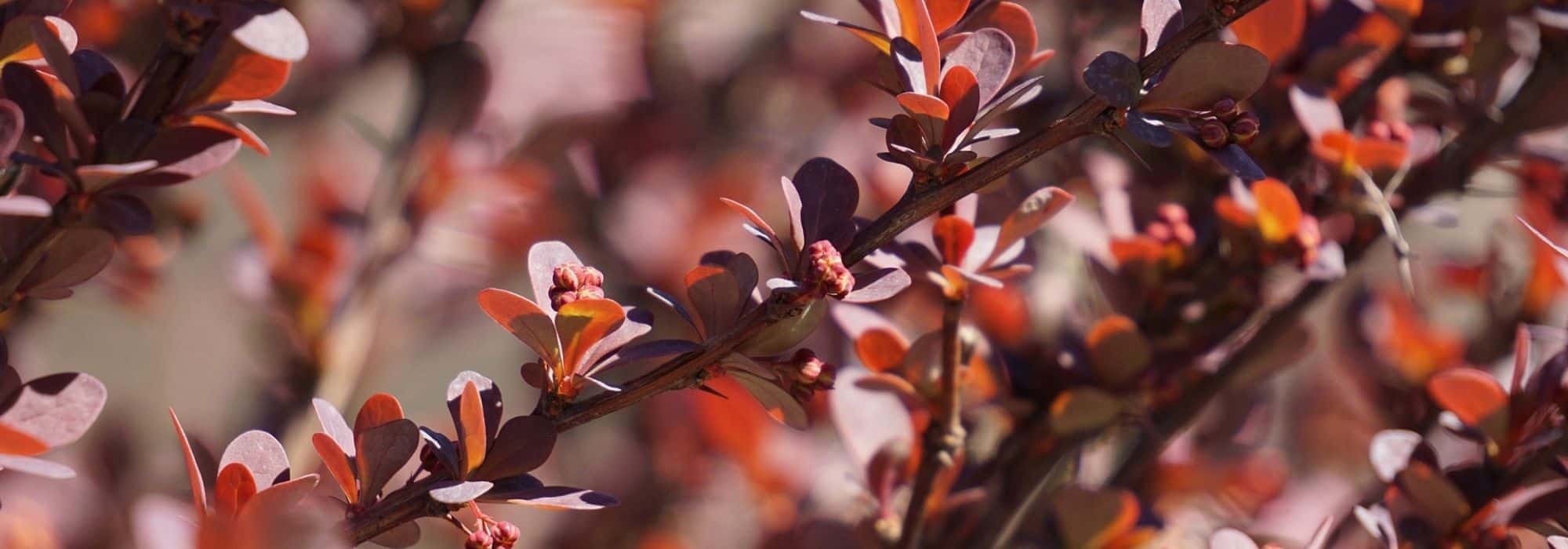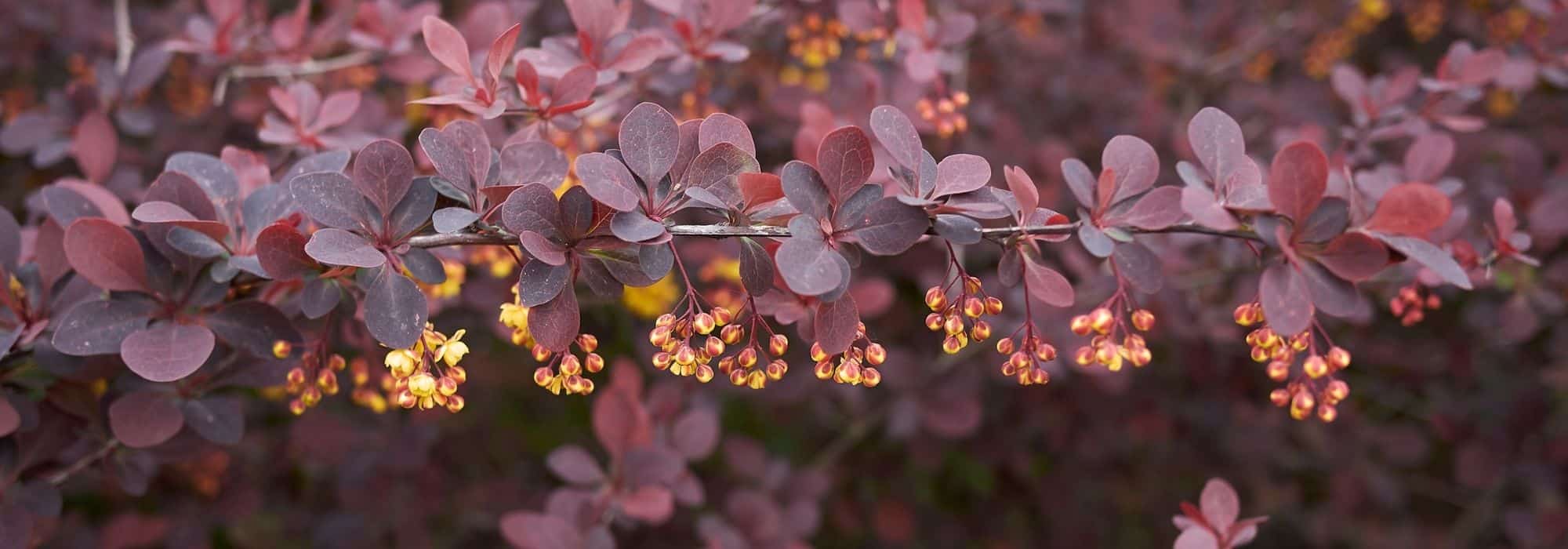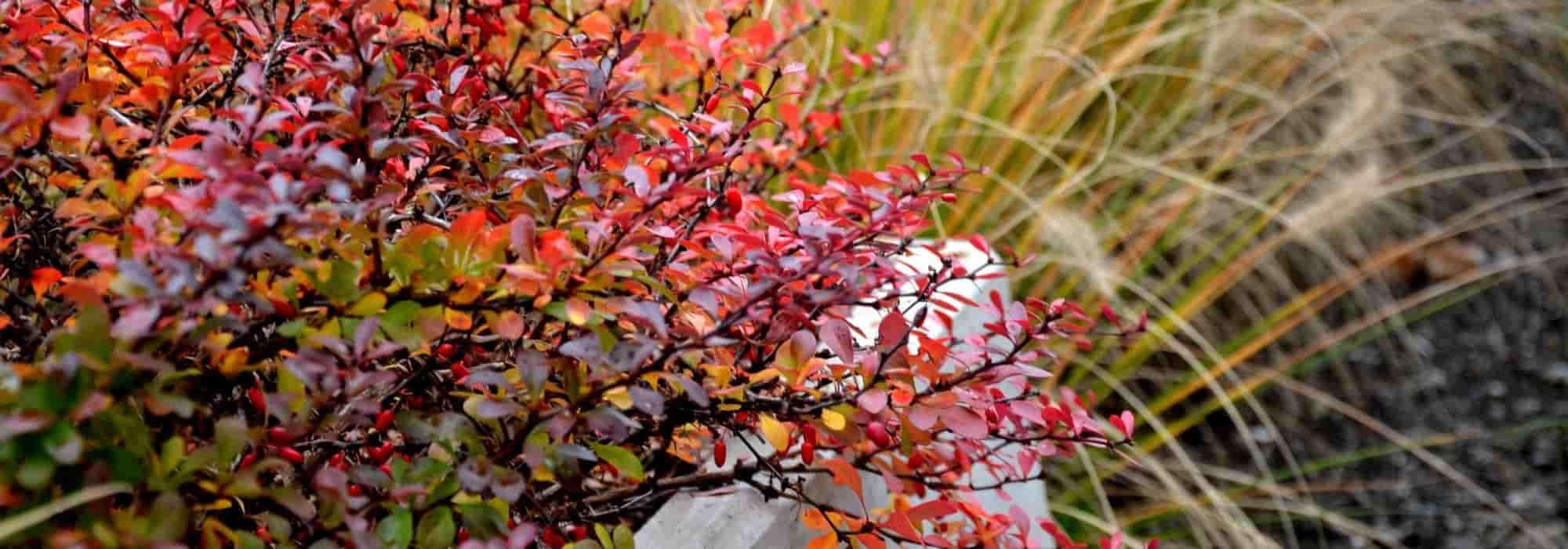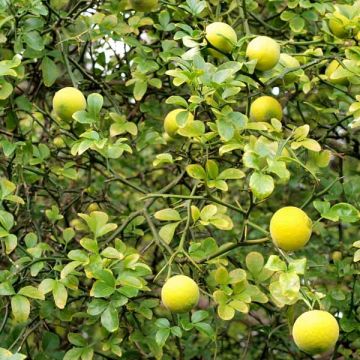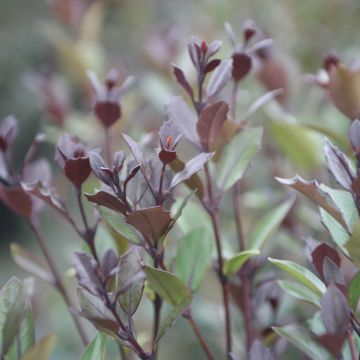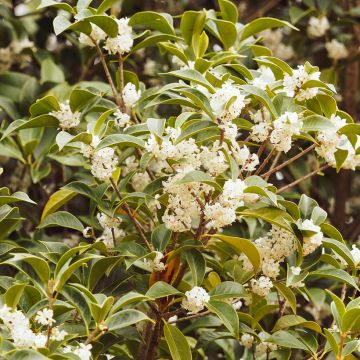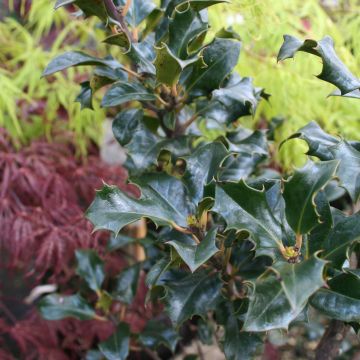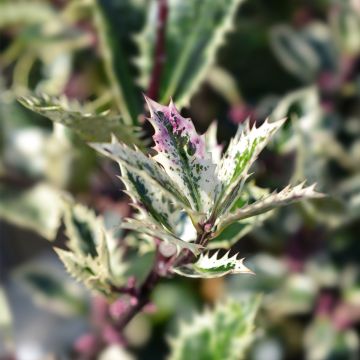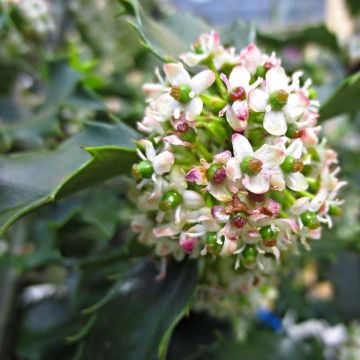

Berberis x media Dual Jewel - Barberry


Berberis x media Dual Jewel - Barberry
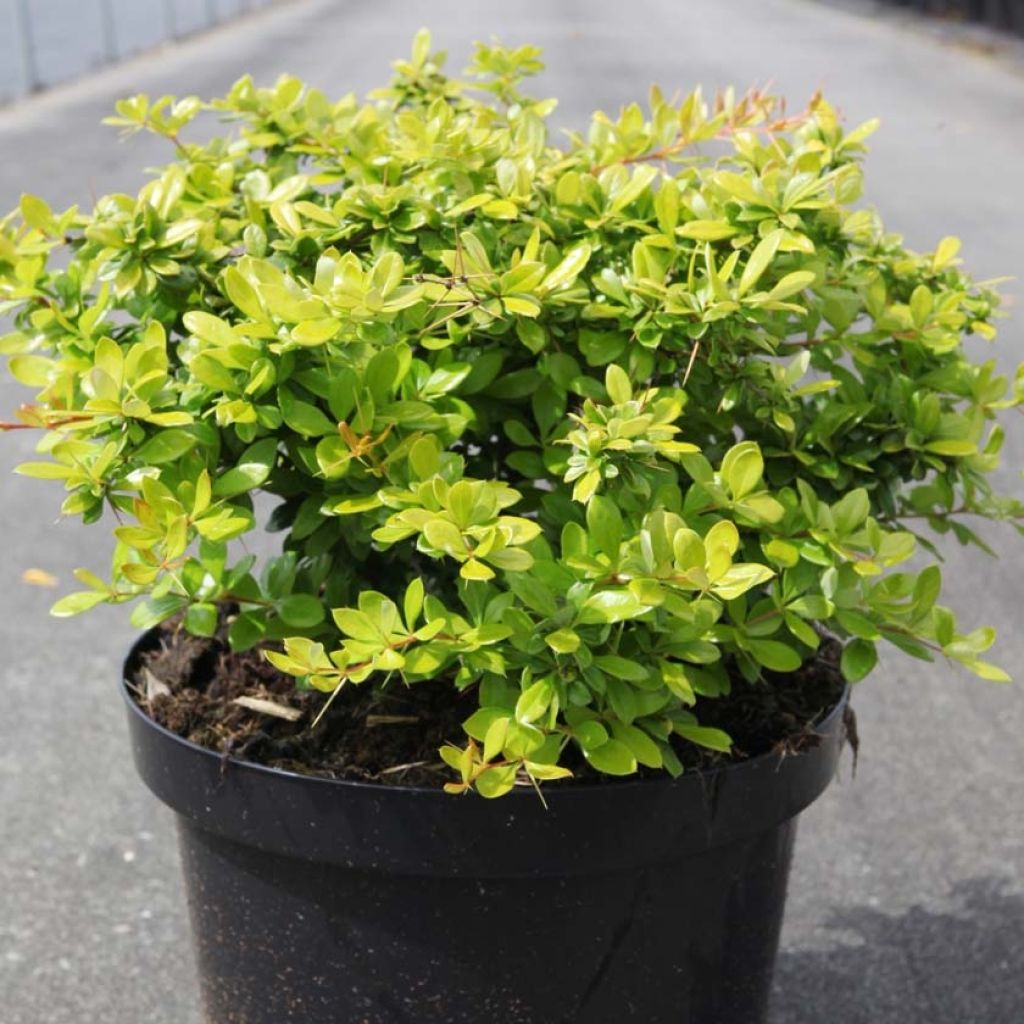

Berberis x media Dual Jewel - Barberry
Berberis x media Dual Jewel - Barberry
Berberis chenaultii x thunbergii Dual Jewel
Barberry
Special offer!
Receive a €20 voucher for any order over €90 (excluding delivery costs, credit notes, and plastic-free options)!
1- Add your favorite plants to your cart.
2- Once you have reached €90, confirm your order (you can even choose the delivery date!).
3- As soon as your order is shipped, you will receive an email containing your voucher code, valid for 3 months (90 days).
Your voucher is unique and can only be used once, for any order with a minimum value of €20, excluding delivery costs.
Can be combined with other current offers, non-divisible and non-refundable.
Home or relay delivery (depending on size and destination)
Schedule delivery date,
and select date in basket
This plant carries a 24 months recovery warranty
More information
We guarantee the quality of our plants for a full growing cycle, and will replace at our expense any plant that fails to recover under normal climatic and planting conditions.
Would this plant suit my garden?
Set up your Plantfit profile →
Description
Berberis x media 'Dual Jewel' is a new variety of small-growing Barberry that remains decorative for a good part of the year, even in winter if it is not too severe. Its semi-evergreen foliage changes colour throughout the seasons, with its orange young shoots unfolding into small glossy leaves that are initially yellow and then greener in summer before turning reddish-orange in autumn and winter. This small bush with a dense habit requires little maintenance and easily finds its place in the garden or in a pot on a terrace. It can be a good alternative to boxwood in sunny locations and in cool soil.
'Dual Jewel' is a hybrid barberry, resulting from the cross-breeding of Berberis thunbergii and B. chenaultii, both native to Japan. It is a small bush of the Berberidaceae family that is characterised by a bushy, dense, slightly spreading habit, and semi-evergreen foliage in winter. Its branches, covered with yellow-brown bark, bear simple or trifurcate spines, 1.5 cm (0.6 in) long.
It grows quite fast, reaching an average height of 1 m (3.3 ft) with a spread of 80 cm (31.5 in) at maturity. The slightly arching branches bear compound leaves, 2 cm to 3 cm (0.8 in to 1.2 in) long, which are orange-coloured when they first emerge. They turn golden and then greenish in summer, before taking on a bright orange-red hue in autumn. 'Dual Jewel' has a low flowering rate, which occurs in April-May. The flowers appear in pendant clusters of 10 or more small flowers, scattered here and there among the foliage. The bell-shaped flowers, 1 cm (0.4 in) long, are pale yellow tinged with purple. They appear on the previous year's shoots. The flowers are nectar-rich, and appreciated by pollinating insects. They are followed in September-October by small oblong-shaped fruits that are bright red and can persist throughout part of the winter.
'Dual Jewel' is ideal for low hedges, whether they are informal or trimmed. It can also be planted in shrub borders, with forsythias, buddleias (e.g., Buddleja 'Naho Purple'), and dwarf abelias (e.g., Abelia 'Kaleidoscope', 'Petite Garden'), or with repeat-flowering roses in pink or orange shades, which it will enhance. It can also be planted in a large pot on a terrace or balcony, allowing the gardener to try their hand at topiary. In the foreground of a defensive hedge, it can be grown with, for example, Japanese Quince 'Cameo' and spiny gorse and broom.
Berberis x media Dual Jewel - Barberry in pictures
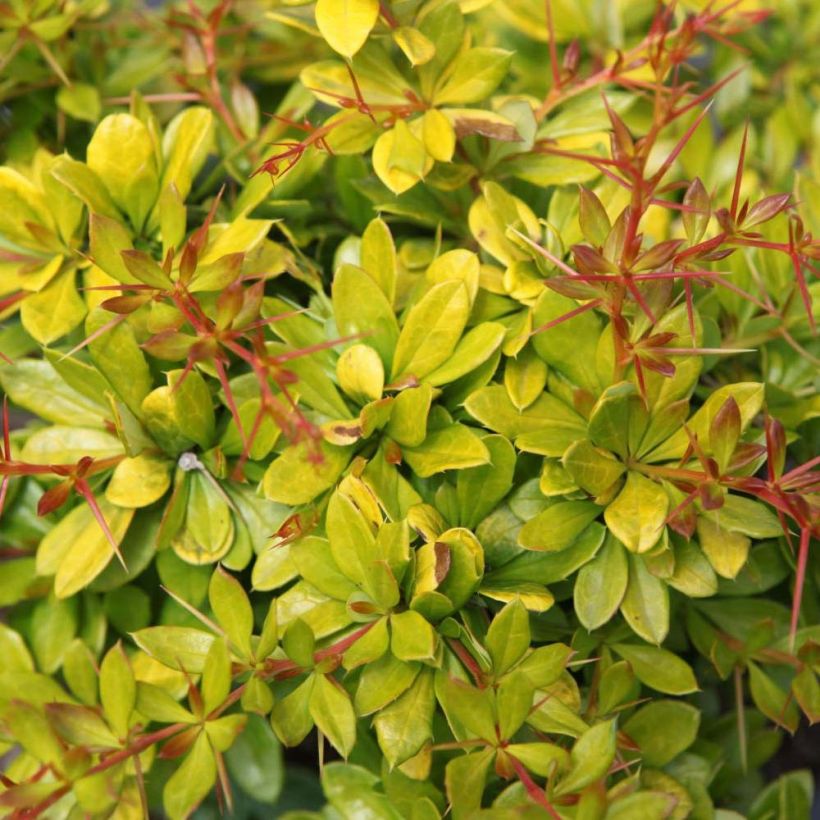

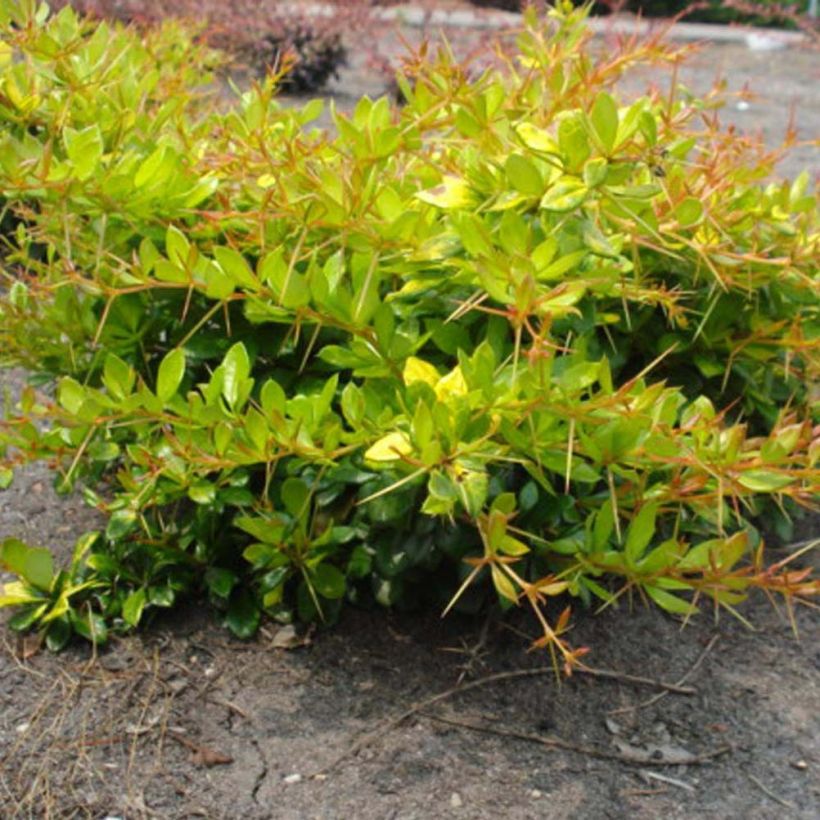

Plant habit
Flowering
Foliage
Botanical data
Berberis
chenaultii x thunbergii
Dual Jewel
Berberidaceae
Barberry
Cultivar or hybrid
Other Berberis - Barberries
View all →Planting and care
'Dual Jewel' thrives in full sun or light shade, with its colours being more intense in the sun. It withstands harsh winters, but its foliage tends to be deciduous under these conditions. Plant it in any type of soil as long as it is well-drained and not too dry in summer. When planting, the planting hole should be twice the size of the root ball. Space it about 60 cm (23.6 in) apart. Add compost and water well. It tolerates pruning very well. From June to August, after flowering, prune the faded branches at the level of young lateral shoots to encourage the arrival of new branches. Be careful not to touch the branches with bare hands as they have thorns that are difficult to remove once embedded in the skin.
Planting period
Intended location
Care
Planting & care advice
This item has not been reviewed yet - be the first to leave a review about it.
Similar products
Haven't found what you were looking for?
Hardiness is the lowest winter temperature a plant can endure without suffering serious damage or even dying. However, hardiness is affected by location (a sheltered area, such as a patio), protection (winter cover) and soil type (hardiness is improved by well-drained soil).

Photo Sharing Terms & Conditions
In order to encourage gardeners to interact and share their experiences, Promesse de fleurs offers various media enabling content to be uploaded onto its Site - in particular via the ‘Photo sharing’ module.
The User agrees to refrain from:
- Posting any content that is illegal, prejudicial, insulting, racist, inciteful to hatred, revisionist, contrary to public decency, that infringes on privacy or on the privacy rights of third parties, in particular the publicity rights of persons and goods, intellectual property rights, or the right to privacy.
- Submitting content on behalf of a third party;
- Impersonate the identity of a third party and/or publish any personal information about a third party;
In general, the User undertakes to refrain from any unethical behaviour.
All Content (in particular text, comments, files, images, photos, videos, creative works, etc.), which may be subject to property or intellectual property rights, image or other private rights, shall remain the property of the User, subject to the limited rights granted by the terms of the licence granted by Promesse de fleurs as stated below. Users are at liberty to publish or not to publish such Content on the Site, notably via the ‘Photo Sharing’ facility, and accept that this Content shall be made public and freely accessible, notably on the Internet.
Users further acknowledge, undertake to have ,and guarantee that they hold all necessary rights and permissions to publish such material on the Site, in particular with regard to the legislation in force pertaining to any privacy, property, intellectual property, image, or contractual rights, or rights of any other nature. By publishing such Content on the Site, Users acknowledge accepting full liability as publishers of the Content within the meaning of the law, and grant Promesse de fleurs, free of charge, an inclusive, worldwide licence for the said Content for the entire duration of its publication, including all reproduction, representation, up/downloading, displaying, performing, transmission, and storage rights.
Users also grant permission for their name to be linked to the Content and accept that this link may not always be made available.
By engaging in posting material, Users consent to their Content becoming automatically accessible on the Internet, in particular on other sites and/or blogs and/or web pages of the Promesse de fleurs site, including in particular social pages and the Promesse de fleurs catalogue.
Users may secure the removal of entrusted content free of charge by issuing a simple request via our contact form.
The flowering period indicated on our website applies to countries and regions located in USDA zone 8 (France, the United Kingdom, Ireland, the Netherlands, etc.)
It will vary according to where you live:
- In zones 9 to 10 (Italy, Spain, Greece, etc.), flowering will occur about 2 to 4 weeks earlier.
- In zones 6 to 7 (Germany, Poland, Slovenia, and lower mountainous regions), flowering will be delayed by 2 to 3 weeks.
- In zone 5 (Central Europe, Scandinavia), blooming will be delayed by 3 to 5 weeks.
In temperate climates, pruning of spring-flowering shrubs (forsythia, spireas, etc.) should be done just after flowering.
Pruning of summer-flowering shrubs (Indian Lilac, Perovskia, etc.) can be done in winter or spring.
In cold regions as well as with frost-sensitive plants, avoid pruning too early when severe frosts may still occur.
The planting period indicated on our website applies to countries and regions located in USDA zone 8 (France, United Kingdom, Ireland, Netherlands).
It will vary according to where you live:
- In Mediterranean zones (Marseille, Madrid, Milan, etc.), autumn and winter are the best planting periods.
- In continental zones (Strasbourg, Munich, Vienna, etc.), delay planting by 2 to 3 weeks in spring and bring it forward by 2 to 4 weeks in autumn.
- In mountainous regions (the Alps, Pyrenees, Carpathians, etc.), it is best to plant in late spring (May-June) or late summer (August-September).
The harvesting period indicated on our website applies to countries and regions in USDA zone 8 (France, England, Ireland, the Netherlands).
In colder areas (Scandinavia, Poland, Austria...) fruit and vegetable harvests are likely to be delayed by 3-4 weeks.
In warmer areas (Italy, Spain, Greece, etc.), harvesting will probably take place earlier, depending on weather conditions.
The sowing periods indicated on our website apply to countries and regions within USDA Zone 8 (France, UK, Ireland, Netherlands).
In colder areas (Scandinavia, Poland, Austria...), delay any outdoor sowing by 3-4 weeks, or sow under glass.
In warmer climes (Italy, Spain, Greece, etc.), bring outdoor sowing forward by a few weeks.






























